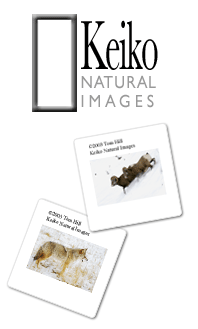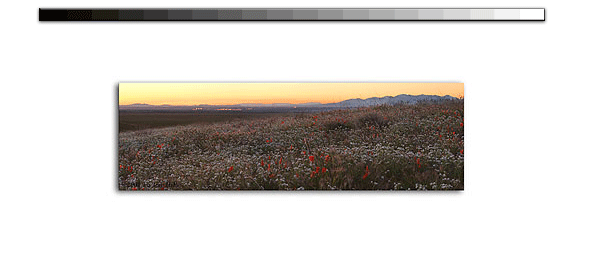|
Digital photography is a funny business. While its been labeled as the next revolution in photography, it has so much technical mumbo jumbo that everyone is taken aback by the technical knowledge to simply understand the field. While proficient photographers understood what a 35mm slide could give them with respect to blow-up/enlargement ability, digital photography enters a new paradigm requiring a few new definitions and labels. The most mis-interpreted of these the mega-pixel and how many you need for an enlargement.
First, lets put things in terms that any film photographer would understand. Old days, wet film images were produced from negs or slides whos images were made from really tiny little elements commonly called grain. The precise technical names of these grains varies from film to film based on the technology being used. It can be quite confusing. For our purposes, grain becomes a factor when an image is enlarged enough so that the grains are quite visible. While many dont mind the gritty look of grainy images, lots and lots of photographers do everything they can to eliminate this look. They look for the highest resolution, finest grain films to allow them the largest enlargement capability.
I remember quite fondly my first introduction to really fine grain photography. When 13 years old, I used to go to drawing class in the basement of an art museum in Washington DC on Saturdays. As most families like mine, my dad spent hours driving me and my sister from one trombone, violin, drawing class to another. On this day, I had a couple hours to burn following class before being picked up by my dad. I decided to walk through the museum and was stopped by a huge photograph made by an artist Id never heard of beforeAnsel Adams. Remember, I was only 13 years old. Back in those days, security was less than now which allowed quite a close inspection of the print. I remember being amazed by the total lack of grain though it was blown up literally to 8 foot by 10 foot size. There shouldve been something. Since I was an adept 35mm B&W developer with three years experience by then thanks my dad, I appreciated the technical magic involved with how this image was made. Still, I had no clue as to how the artist had achieved such a feat. Looking back, I realize this was the moment that began my drive to make big, awesome prints. Years later I discovered there was more to photography than 35mm film and Ansel had made this print using an 8x10 inch camera. He only had to blow up his negative 144 times to get this incredible print. This compares to enlarging one of my 35mm negatives to 12x18 inches.
Sure, Ansel used finer grained film than I in those days but even then he was working from an image source with 50 times more information than I with 35mm film. This is the same as comparing the capabilities of a 1 megapixel to 50 megapixel cameranot even on the same scale.
Clearly, Ansel needed that capability to hope for the final, super huge result of a 8x10 foot image. But, if your needs are significantly lesssay 4x6 inchesyou dont need all that capability. Snapping pics of your family picnic with a 8x10 inch camera would be way over killnot to mention snapping being a figment of imagination in that situation. You just dont need that kind of resolution all the time. The resources involved are just too great to be devoted to making a picture of Aunt Mabel making ice cream in the kitchen.
So, now you're wondering what you need? I have no idea because it totally depends on your final product. At home, I shoot with a Nikon D1h with a paltry 2.74 mp sensor. Practical experience with my digital darkroom at homea Mac G4 computer with Epson 2200 printerhas let me determine I can make excellent 10x15 inch prints. Theyre excellent when viewed from fairly close viewing distancesprobably not too different from that day 27 years ago in the museum. Can I make 8x10 foot images with this file and not worry about image degradation? Sure I can, if I want to view it from a distancesay 12 feet instead of 1 foot away.
|
|
|




